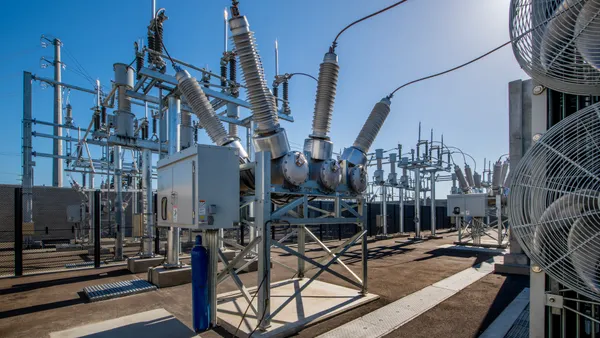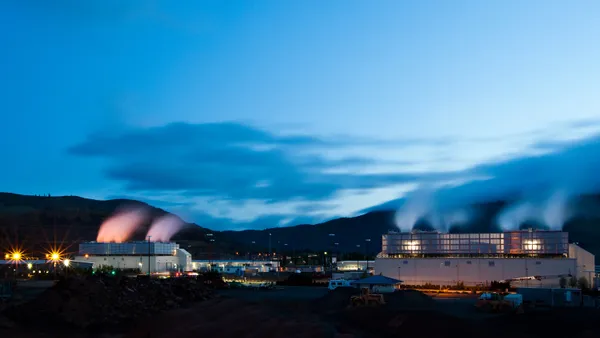Dive Brief:
- Minnesota faces a bigger challenge than most states to meet the Environmental Protection Agency's (EPA) new CO2 emissions reduction targets, according to two of its largest utilities.
- Xcel Energy and Minnesota Power are both questioning EPA's decision to set a statewide target of what some reports say amounts to a 40% reduction -- far above the 30% national average.
- Xcel, whose Upper Midwest generation mix is 36% coal, said it would manage a 30% reduction in CO2 emissions by 2020, but that would still appear to be below the EPA target.
Dive Insight:
Both utilities are unhappy their investments in coal power alternatives have not been fully recognized by the EPA.
Wind installations owned by Minnesota Power and based in North Dakota appear to have been credited to that state instead of Minnesota. “We just don’t like the fact that Minnesota seems to have gotten very little credit for how much it accomplished," said Dave McMillan, senior vice president at Minnesota Power. "Our customers shouldn’t pay again while other states do less.”
Xcel's combined cycle gas plant investments do not operate as often as the EPA assumes they do -- which is 70% of the time, according to the utility. “I know it is very important for us to continue to reduce carbon It is also very important that we keep costs in mind,” said Xcel CEO Ben Fowke. "Unless we can make changes from the proposed rule to the final rule, we will be asked to do more than we should be asked to do."
Meanwhile, Great River Energy, the state's second-largest electric utility and reliant on North Dakota coal-fired generation for 67% of its power, is "encouraged by our early review of the rule," according to the utility's General Counsel Eric Olsen.














